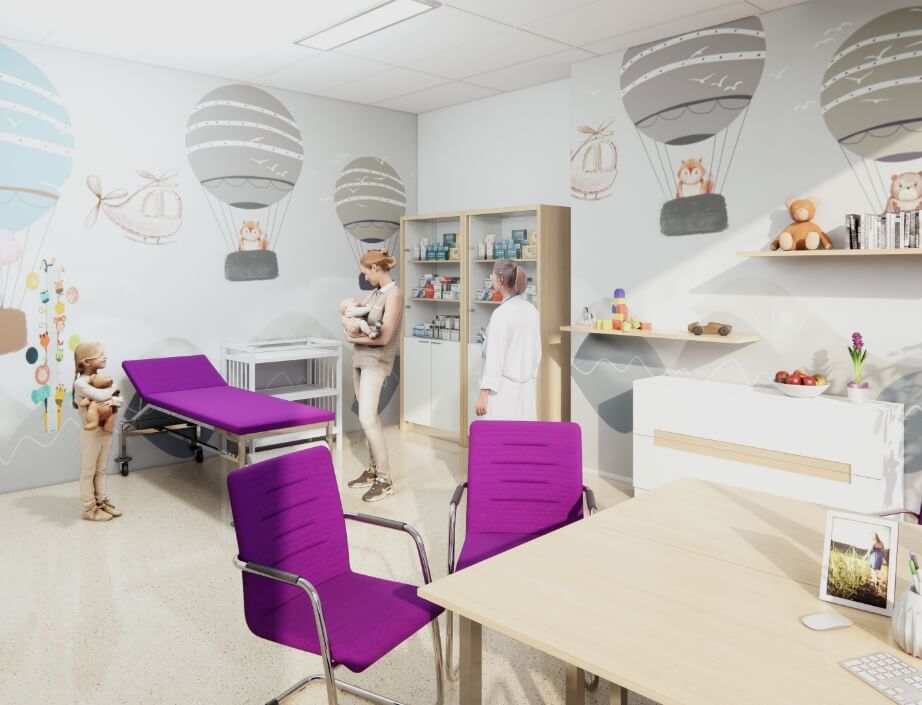
Zažite nečakané! Každému klientovi sa venujeme s empatiou, nie so stopkami.
Sme presvedčení, že alopatická medicína nie je jediným riešením. Preto vám ponúkame celostný prístup a partnerskú komunikáciu s pacientom ako človekom, nie diagnózou.
Naši lekári majú otvorenú myseľ aj pre iné prístupy, ako sú psychoterapia, emočné terapie, neurogénne chvenie, výživa, tradičná čínska medicína, homeopatia a mnohé iné. Všetko s cieľom pomôcť vám zlepšiť vaše zdravie a všetko pohodlne pod jednou strechou.
Viac o medante
